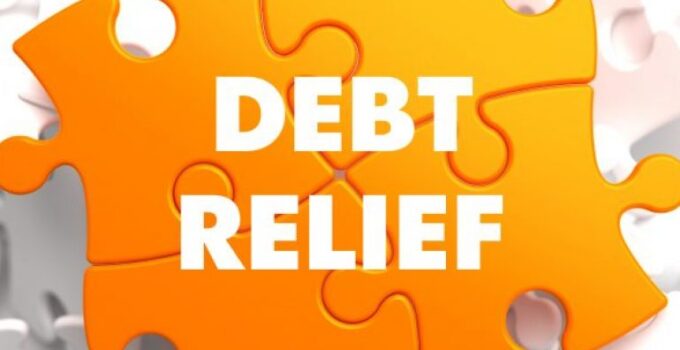Finding a way out of extreme debt is no easy task. It can be hard to recognize the signs that you need debt relief early on when it’s best to tackle the problem, or you may lack the means to do something meaningful about it.
If you look at the total amount of unsecured debts you owe and can’t figure out how you could possibly pay it back, you should start looking into debt relief.
Page Contents
How Does Debt Relief Work?

source:debt.org
Debt relief changes the amount of money you owe to your creditors and/or the terms of repayment. It’s a way for people to get out of overwhelming debt when it’s impossible for them to pay it all back.
There are several forms of debt relief, including bankruptcy, consumer proposals, and debt management plans. Only the first two are legally binding for all your creditors. A debt management program requires the voluntary cooperation of your creditors.
Bankruptcy and consumer proposals will affect your credit score, where a DMP will not. However, a DMP can still make it difficult to acquire new credit during the plan, as it will appear on your credit report.
How to Get Debt Relief?
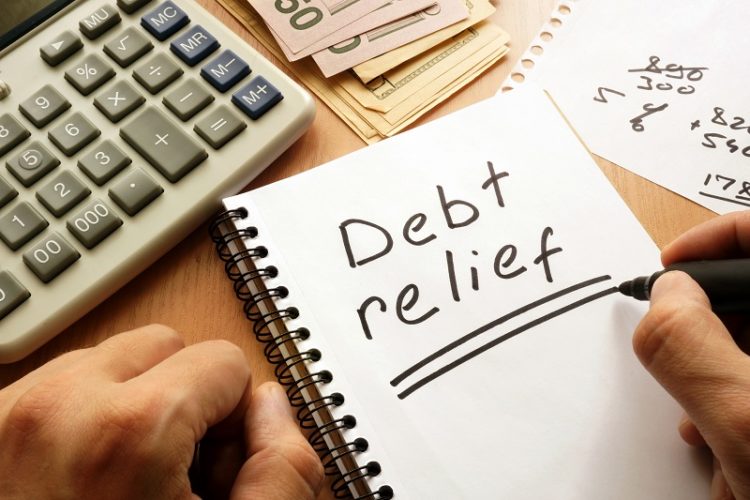
source:trekseek.com
Proceed with caution as you enter the debt relief market, as there are many industry players offering suboptimal programs that could ultimately make things worse, especially if you fail to complete the programs they offer.
However, working with a legitimate company or professional providing debt relief can give you a real chance to start over. A good place to start is working with a Licensed Insolvency Trustee, formerly known as a bankruptcy trustee. These are professionals who are licensed by the government, and in places like Canada, they are the only professionals who can file a bankruptcy or consumer proposal. Find out more about bankruptcy trustees at Debthelpbc.ca and learn how to find reliable debt relief that will actually help.
There are pros and cons to the various types of debt relief and other financial products that target debt. It makes a lot of sense to talk to an expert like a Licensed Insolvency Trustee for credit counseling. They will review your financial situation and explain your options.
There Is More than One Way Out of Debt
Before you commit to a way out of debt, you should understand what each method really means. What follows is an essential summary of the most common debt relief programs or options.
#1 Bankruptcy

source:pxfuel.com
Although it may be the best-known option, bankruptcy should not be your first option – though much depends on your unique financial situation. A bankruptcy recognizes that it would be impossible for you to repay the debts that you owe, so a large portion of your debt is cleared. However, you must surrender certain assets and surplus income (deemed surplus according to a schedule regulated by the government) so that creditors can recoup some of their money.
You won’t lose everything – a common myth about bankruptcy. There are considered exempt assets. Though exact values vary by jurisdiction, you can expect that a certain amount of home equity, equity in a personal vehicle, personal belongings like clothing and household items, registered retirement investments, and tools of your trade are generally exempt.
The assets you do surrender are held in trust by your Licensed Insolvency Trustee, sold, and the proceeds disbursed to your creditors by priority.
#2 Consumer Proposal
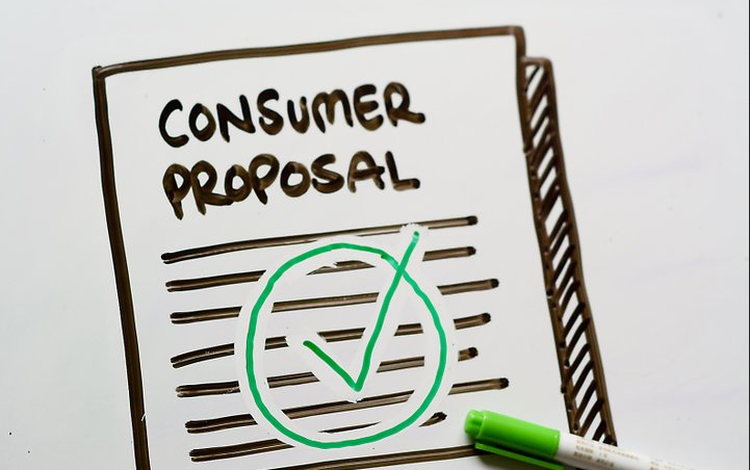
source:medium.com
A relatively newer solution, consumer proposals have only been around for a few decades, but if you have considerable assets and investments that you want to protect, this may be the best way to get debt relief.
A consumer proposal is a binding agreement with your unsecured creditors to repay a reduced amount, while they stop charging interests and collection efforts. A Licensed Insolvency Trustee looks at what you can afford monthly and proposes this number to your creditors. A consumer proposal can last up to 5 years. Debts not covered by what you could pay in that time period are forgiven, while interest charges and collection efforts are halted.
A consumer proposal may also be a way to help with tax debt that you cannot afford to pay. As a creditor, the revenue collection agencies may be more likely to accept partial payment over nothing, and a consumer proposal is one of the most expedient ways to accomplish that.
Consumer proposals strike a compromise between you and your creditor, and they benefit both parties compared to bankruptcy. The debtor does not have to give up assets, while all creditors are more likely to receive some payment
#3 Debt Management Plan
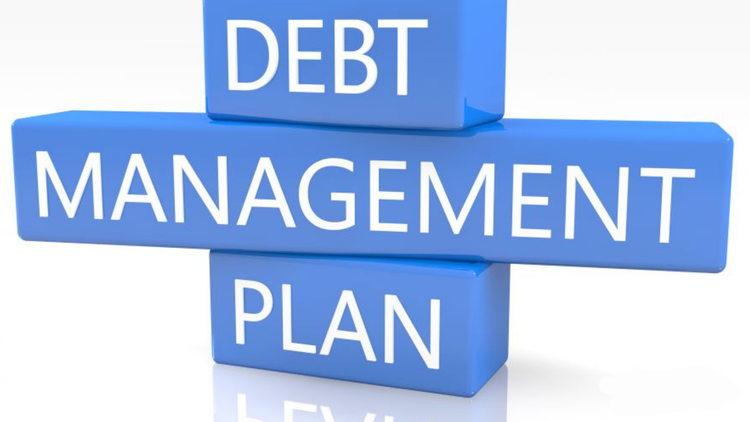
source:reliantcreditrepair.com
In a debt management plan, you send a single payment to an agency that disperses it to your creditors. Under this plan, the agency will request some kind of debt relief from your creditors, such as a reduction or stop on interest charges.
Debt management plans are voluntary agreements with your creditors. One or multiple lenders may not cooperate. By comparison, your creditors do not have a choice regarding your bankruptcy (though creditors can force you into bankruptcy for lack of an alternative). Your creditors vote on a consumer proposal, but if creditors to whom you owe 50% of your debts plus one dollar accept the terms, it becomes binding for all creditors.
#4 Debt Consolidation Loan

source:ebannerswap.com
In a debt consolidation loan, you take out a new loan to repay all of your current creditors. Then you only owe a single creditor. However, it’s important to pay attention to interest rates. Will you be rolling lower interest rates into a higher-interest loan? Also, consider your spending habits. If you clear your credit cards, building up a balance again can make the problem worse.
There are a lot of reasons to approach debt consolidation loans with caution, but in the right circumstances, they can work.
#5 Credit Counselling
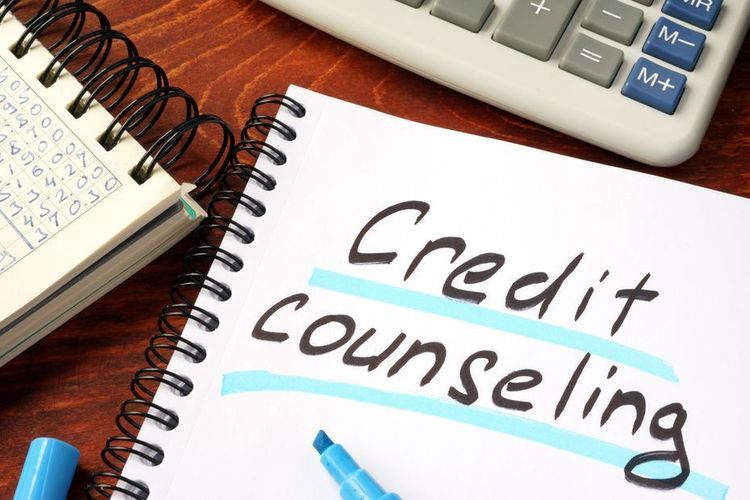
source:moneytrouble.ca
Credit counseling is offered as part of a bankruptcy or consumer proposal. Provided by a Licensed Insolvency Trustee, credit counseling involves showing you budgeting techniques and teaching you about using credit to avoid insolvency in the future.
Knowing your options is your most powerful tool for getting out of debt. Make sure the path you take works for you, and talk to a professional in a regulated industry, like a Licensed Insolvency Trustee, before you make a decision.

